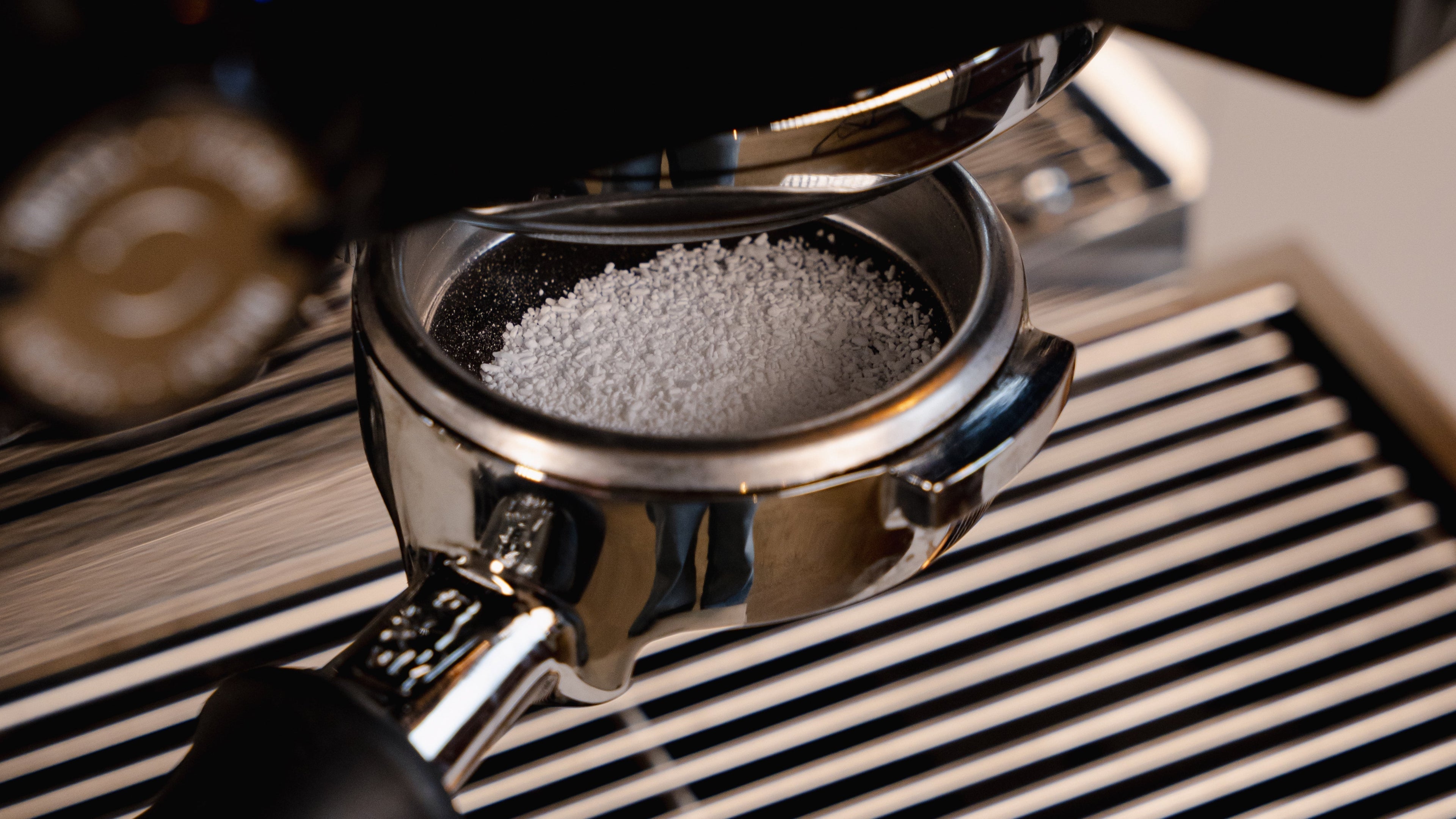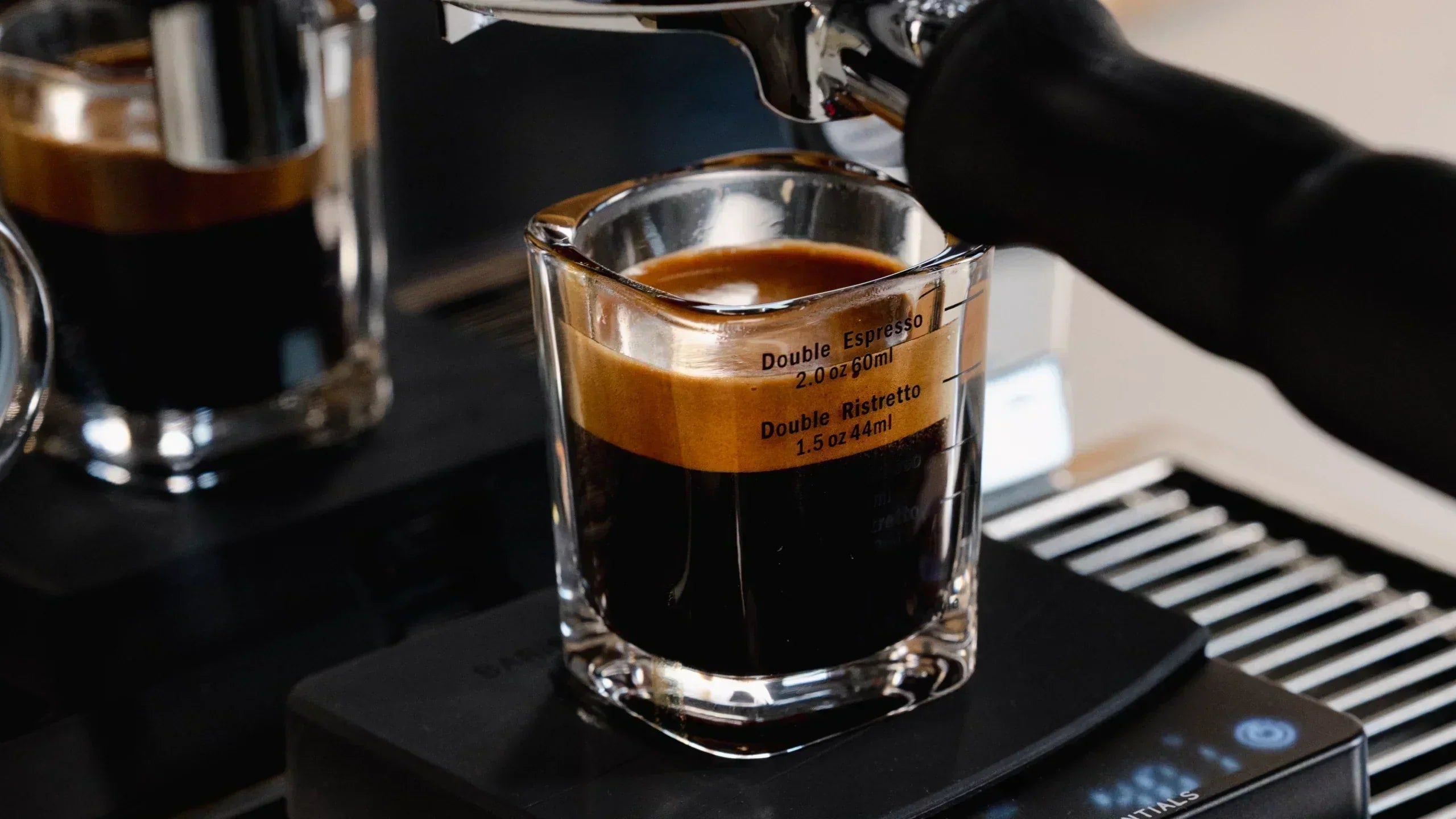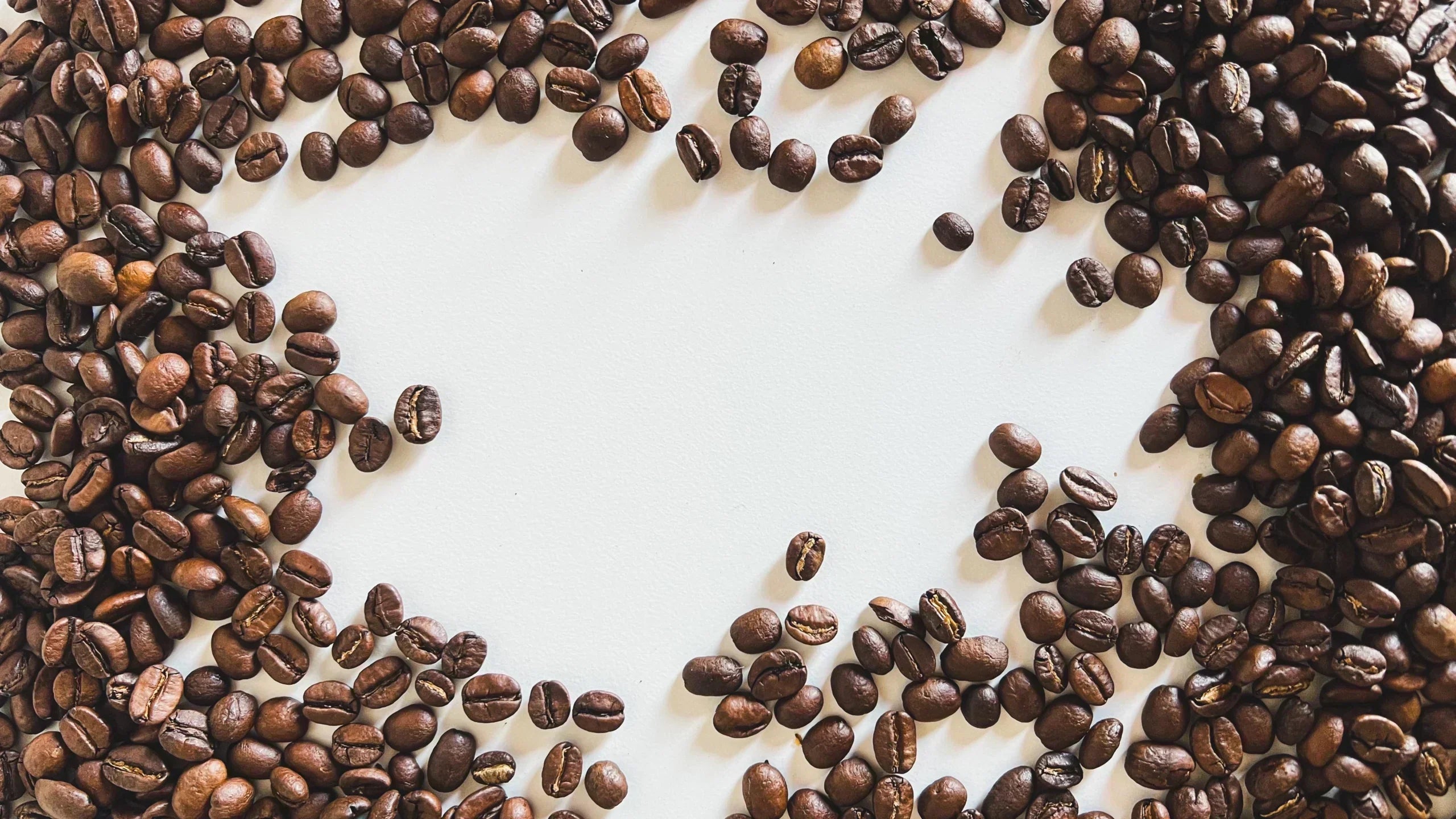It can be hard sometimes to find the culprit behind your sour espresso. But regardless of the reason, a sour brew can considerably ruin your coffee moment.
We’ll help you along. Below we tell you how to make sure your espresso is not too sour, not too bitter, but perfectly balanced.
Summary: Sour espresso may have to do with your grind setting, your proportions or your puck prep. Further on, you will read how to recognise the cause of your sour coffee.
Sour Espresso? 2 Fixes
In a good espresso, the sour and bitter flavours of the bean are balanced. So when your coffee tastes too sour, this balance is lost.
Facing a sour espresso? Then try this:
1. Check your proportions
First, it is important to check your grind level if you notice that your coffee tastes too sour. The grind level determines how coarse your grind is and therefore how fast the water runs through it.
To adjust your grind, it’s useful to know the basic recipe for a balanced espresso: 18 grams of coffee in, 36 grams of espresso out in 25-30 seconds.
If your coffee is sour, it means the water has gone through your puck too quickly. You then end up with, say, 45 grams of espresso in 25 seconds, or 36 grams in 18 seconds.
When this happens, you are dealing with under-extraction.
To fix acidic coffee, set your grinder to a finer level. This increases the density of the coffee in your puck and makes water run through it more slowly.
Make your grind finer until you get the correct ratio.
Read more about correctly adjusting your grinder here.
2. Check your puck prep
Sour coffee can also be the result of channelling. This means that the water does not flow evenly through your puck.
What happens then is that the water moves through some parts of your puck too fast and carries too many acidic flavours with it.
You solve channelling by checking your puck prep step by step. For example, are you tamping straight and distributing your coffee before tamping?
A perfect espresso puck resistant to channelling is:
- Well distributed across your filter bowl
- Free from clumps
- Tamped evenly
To prevent channelling, you can use various tools, from a tamper to a coffee distributor or a WDT tool to stir the lumps out of your espresso grind.
If you really can’t figure it out, try a naked portafilter. This will allow you to immediately see how the espresso flows out of your filter bowl. If channelling is your problem, you’ll see it quickly with a naked portafilter.
These are the easiest adjustments for when your coffee tastes sour.
In short: If your coffee is sour, often your brewing time is too short or your extraction is not even. Grind your beans finer, make sure you distribute well and tamp straight.
Bitter Espresso? Try this:
The counterpart of a sour espresso is a bitter espresso. The cause? Overextraction.
This is when the water runs through your coffee puck too slowly. This releases too many bitter flavours from your grind.
Bitter espresso is remedied by putting your grinder on a coarser setting. This lowers the density and speeds up the flow of water through your puck.
Adjust your grind until you find the correct espresso ratio: 18 grams of grind gives 36 grams of espresso in 25-30 seconds.
Bitter espresso couls also be caused by water that is too hot. If your brewing time is correct and your coffee is still bitter, try lowering the temperature a little.
In short: If your coffee is bitter, your grind is too fine and your brewing time too long.
Sour vs. Bitter Espresso

During your extraction, a few things happen in your coffee puck.
- The very first water draws the acids and oils out of your espresso grounds.
- The sugars follow.
- Lastle, the water takes away the fibres, which taste bitter.
So for the taste of your espresso, the brewing time is very important. This is why you see practised home baristas using a coffee scale to accurately measure their extraction time.
Incorrect extraction can manifest itself in two ways: over-extraction (bitter espresso) and under-extraction (sour espresso).
Under-extraction (Sour)
If your brew time is too short, you will experience under-extraction. The acids may have been removed from your grind, but most of the oils and all the bitter flavours have not.
You can recognise under-extraction by a predominantly sharp, sour taste.
Besides a sour taste, you can also recognise it by a flat taste. Under-extracted coffee hardly has any aftertaste. You don’t taste nearly as much in it as in a coffee that has passed through correctly.
Solution: grind more finely to slow down the flow.
Over-extraction (Bitter)
This means your coffee has been brewing for too long. As a result, there are too many bitter flavours from the fibres (which run through last) in your espresso. And this is what you taste.
You can recognise overextraction by the predominant bitter flavour and the dry feeling it leaves in your mouth. Imagine the mouthfeel of an overly strong, unsweetened black tea.
Solution: grind more coarsely to speed up your extraction.
|
Under-extraction |
Over-extraction |
|
Sour |
Bitter |
|
Too coarse |
Too fine |
|
Extraction too fast |
Extraction too slow |
Sour Espresso? 4 More Tips
Is your coffee still sour even after adjusting your grind and your brewing time?
Then try this:
1. Increase your water temperature
Hotter water extracts more flavours from your espresso grind than colder water. So too cold water can also make your coffee sour.
The ideal temperature for your extraction is between 93 and 96 degrees Celsius.
2. Descale your machine
Limescale build-up can cause your group head to clog and your boiler to be less efficient. That is why it is important to descale your machine every 3 months with espresso machine descaler.
In between, use a water filter to combat limescale build-up in your machine.
3. Pick the right beans
Not all coffee beans are equally acidic. If you consistently brew an overly sour espresso, it could also be that the beans you use don’t suit you.
Look for beans with flavour notes of caramel, chocolate and hazelnut.
4. Make it a cappuccino
You don’t have to throw away a sour espresso! Some frothed milk can make a world of difference.
Milk neutralises the sour taste of your espresso. So turn your sour espresso into a cappuccino and enjoy!
Least acidic coffee beans
Each type of coffee bean naturally has its own flavour profile: from full and creamy to light and floral. This means that some beans will always taste a little more acidic than others.
Arabica beans grown at high altitudes tend to be a bit more acidic than others. Think beans from Guatemala, Kenya or Costa Rica.
Coffee beans that grow lower will be a little less acidic. A good choice for less acidic coffee are beans from Brazil or Sumatra.
Looking for less acidic coffee beans? Then check out our Brazil-Ethophia blend with flavour notes of dark chocolate and caramel.




